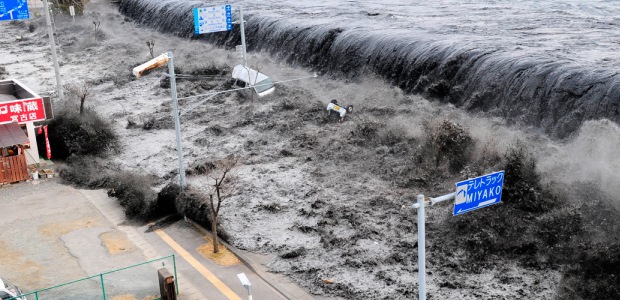
Pacific Nations Testing Tsunami Warning Systems This Week
The PacWave17 exercise Feb. 15-17 envisions earthquakes off the coasts of Chile and Peru, Colombia and Ecuador, Philippines, Solomon Islands, Tonga, and Vanuatu for countries to choose from. Alerts will be sent from the Pacific Tsunami Warning Center in Hawaii and the Northwest Pacific Tsunami Advisory Centre in Japan.
Pacific rim countries will be testing their warning systems and their capacity to handle a major tsunami during a Feb. 15-17 exercise named PacWave17. It aims to identify any holes in the Pacific Tsunami Warning and Mitigation System established under the auspices of UNESCO's Intergovernmental Oceanographic Commission (IOC).
The exercise involves several scenarios for earthquakes off the coasts of Chile and Peru, Colombia and Ecuador, Philippines, Solomon Islands, Tonga, and Vanuatu for countries to choose from, with alerts being sent to the national focal points of each country taking part from the Pacific Tsunami Warning Center in Hawaii and the Northwest Pacific Tsunami Advisory Centre in Japan. There will be no evacuations as part of the exercise, which will test the relay systems set up to transmit the warnings and the reactivity of the focal points during a crisis. National authorities will be the first to be alerted by a bulletin from PTWC and/or NWPTAC, with other alerts following.
The agencies involved say the South China Sea Tsunami Advisory Centre will be taking part for the first time in such an exercise. It will follow two scenarios: a tsunami off the coast of the Philippines and a tsunami occurring off the shores of Indonesia.
UNESCO's Intergovernmental Oceanographic Commission established IOC's Pacific Tsunami Warning System in 1965, five years after a deadly tsunami hit the coasts of Chile, the United States, Japan, and the Philippines. About 76 percent of the world's deadly tsunami occurrences take place in the Pacific Ocean and connected seas, and five occurred during the past eight years: Samoa and Tonga were struck in 2009, Chile in 2010 and 2015, Japan in 2011, and the Solomon Islands in 2013.